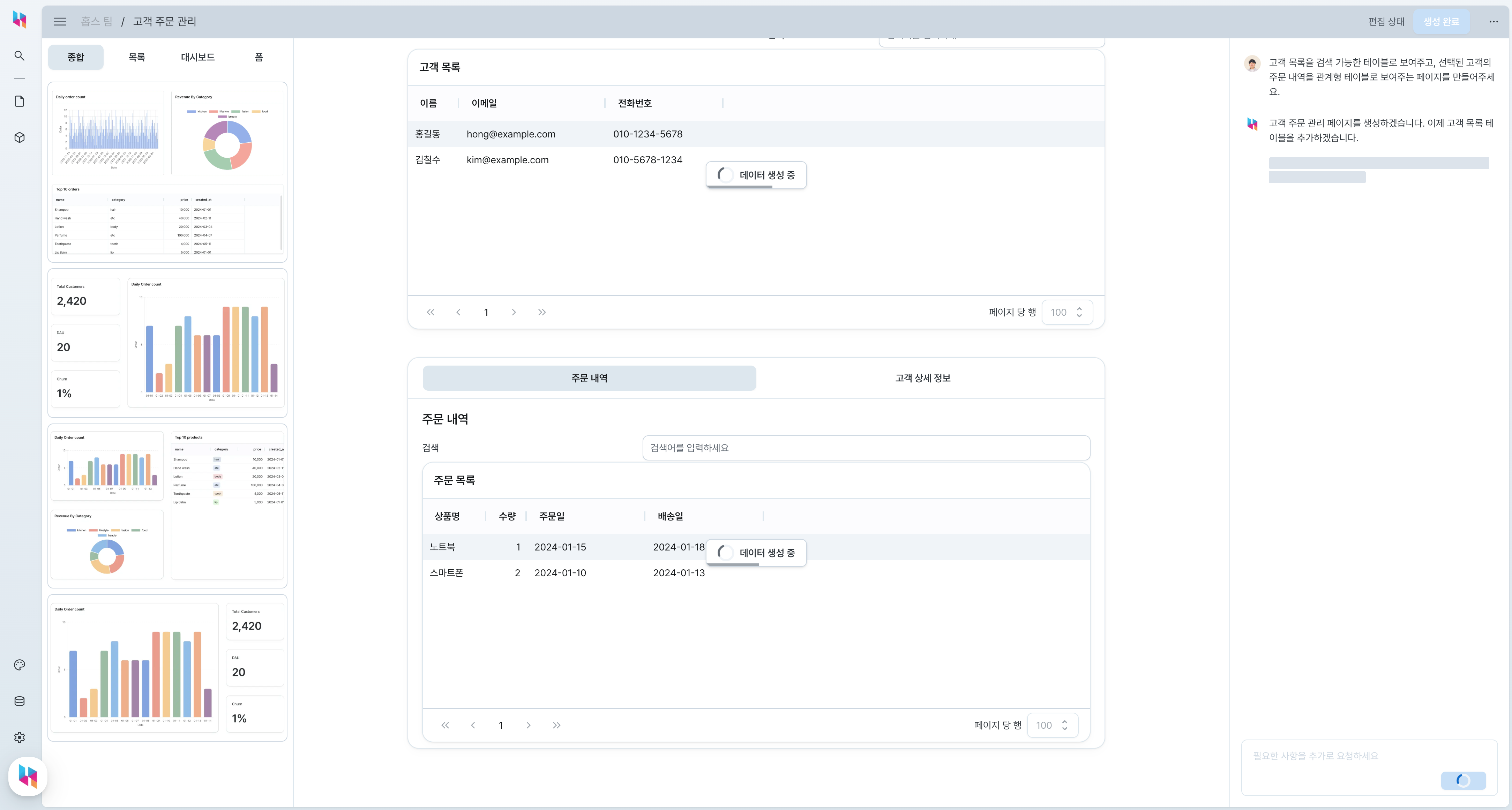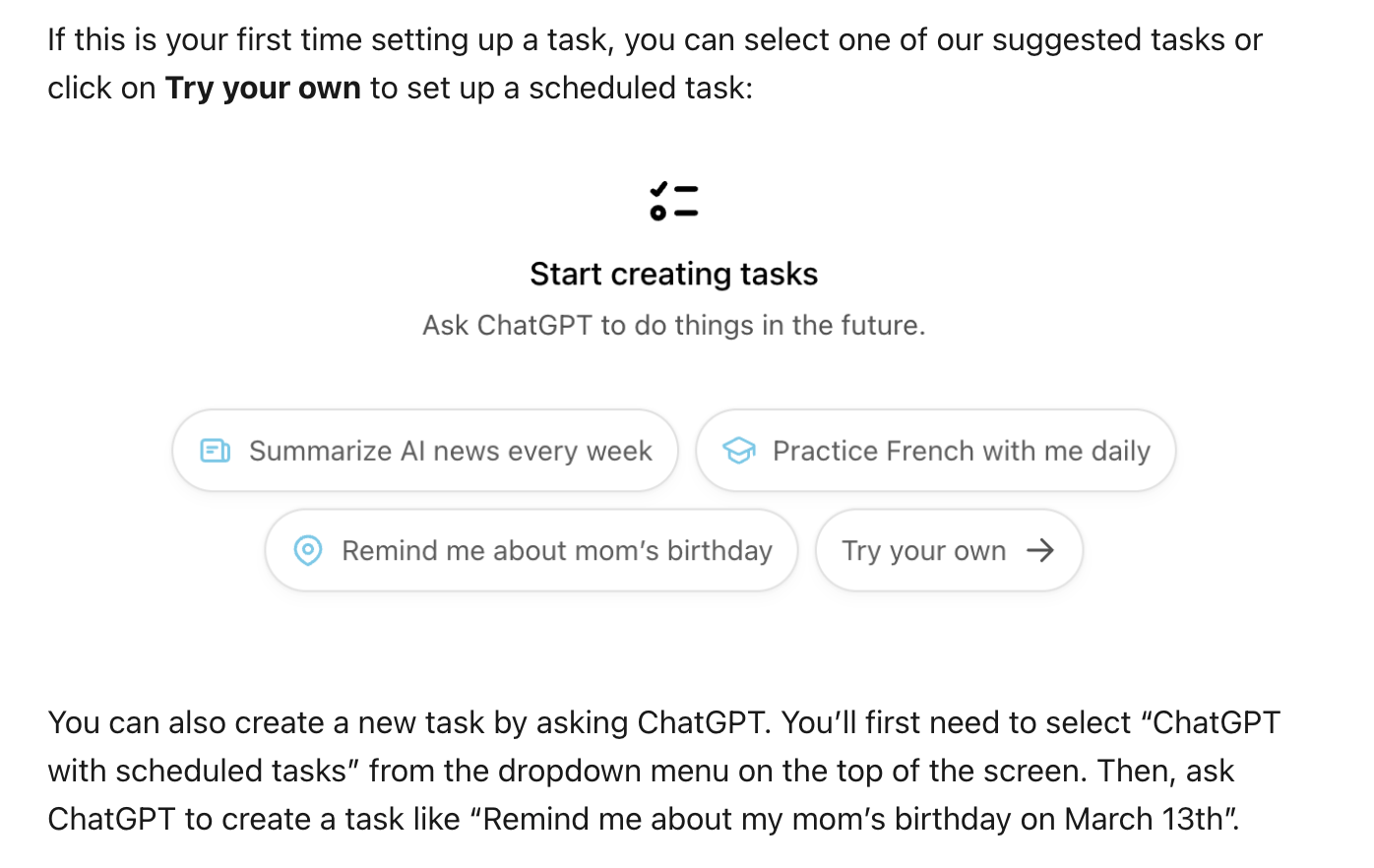
In most companies, backoffice systems have long been considered "necessary but low priority" development areas. However, with the advancement of AI technology, the paradigm of backoffice management is completely changing. In 2025, backoffice systems are evolving beyond simple management tools to become "intelligent business partners."
How AI is Redefining the Backoffice
Traditional backoffice systems were merely interfaces for displaying and managing data. But AI-powered backoffice solutions are transforming this concept:
- From passive tools to active partners: Going beyond responding to requests to proactively providing insights
- From interfaces to agents: Understanding user intent and performing tasks autonomously
- From management tools to strategic assets: No longer cost centers, but assets driving business decisions
Key AI Backoffice Technologies in 2025
1. From Passive Tools to Active Partners: Generative AI Design Systems

Previously, completing a backoffice page required multiple meetings and implementations involving planners, designers, and developers. Now, AI is completely transforming that process. With just a request like "I need a dashboard to monitor customer churn risk," AI can immediately create the page, understanding your company's data structure and workflow to deliver even better results than you might have imagined.
Backoffice systems are no longer "products developed based on requirements" but "partners that help define and implement business goals."
Real-World Application: Hops AI Page Builder
- Natural Language Page Generation: Build optimized backoffice pages based on business needs descriptions rather than technical specifications. For example, a request like "I need a dashboard that compares monthly sales by region and shows performance by product category" automatically generates a complete dashboard with filtering, sorting, and drill-down capabilities.
- Context-Based Page Modification: Users can modify pages based on chat requirements. When you say, "I'd like to see customer feedback content along with the refund request list," the AI immediately adds a customer feedback column to the refund management page, along with relevant filter options and sentiment analysis summaries.
2. From Interfaces to Agents: Adaptive Interfaces and Autonomous Agents

The backoffice systems of the future are not just "screens." They're becoming agents that understand users, make independent judgments, and work alongside them. The most notable aspect is proactive alerts and autonomous problem-solving. Future backoffice systems will notify you before problems occur, saying things like, "Based on this trend, inventory will be insufficient next week. Would you like to place an order now?" Going further, the system can automatically resolve issues within pre-approved parameters, supporting actual decision-making and execution beyond simply displaying data.
As adaptive features like learning user behavior patterns and job-based information filtering evolve, backoffice systems are increasingly becoming smarter business partners.
Real-World Application: Retail - The Inventory Management Revolution
- Automated Order Planning: Analyzes not just historical data but also trends and social media reactions to suggest optimal order quantities. For example, "Instagram mentions of swimwear items have increased by 30% for the summer season; recommend increasing your May initial order by 40% over baseline."
- Dynamic Price Adjustments: Enables dynamic price adjustments based on sales velocity, competitor pricing, and inventory levels, as well as personalized marketing automation through customer purchase pattern analysis. These combined features have achieved remarkable results: 30% reduction in inventory costs and 25% increase in sales volume.
3. From Management Tools to Strategic Assets: Business Intelligence Engines

At the core of AI-based backoffice evolution from simple management tools to strategic decision-making platforms are advanced business intelligence capabilities. This technology integrates data analysis across the enterprise to discover hidden patterns and opportunities, predicts future performance and risks based on historical data, and automatically generates customized insight packages for decision-makers. Through this, backoffice systems are transforming from mere cost centers to core assets that guide a company's strategic direction.
Real-World Application: Business Intelligence Engine for E-commerce
- CEO Dashboard: Maximizes data-driven decision making through AI backoffice. The CEO dashboard goes beyond simple sales figures to analyze key performance factors, reporting insights like "The main factor behind last week's 12% sales increase is the performance of newly launched categories."
- Inventory/Order Dashboard: Provides specific recommended figures by comprehensively analyzing past purchase patterns, market trends, and inventory depletion rates. For example, "Increasing orders by 30% over baseline will minimize inventory shortage risk."
Additionally, monitoring category conversion rate trends and calculating expected ROI across various scenarios has increased the strategic planning time for content teams by 50%.
Conclusion: Preparing for the Future
AI backoffice systems in 2025 will be a revolution that fundamentally changes corporate decision-making and operations, going beyond simple efficiency improvements. To prepare for these changes, you need to: 1) secure technology partners that can accelerate the transition to AI backoffice, 2) test integrating AI features into current systems on a small scale, and 3) take a phased approach to improve the quality and accessibility of current data.
Interested in AI-based backoffice solutions? Start building your enterprise backoffice with AI through Hops' AI Backoffice Builder.
